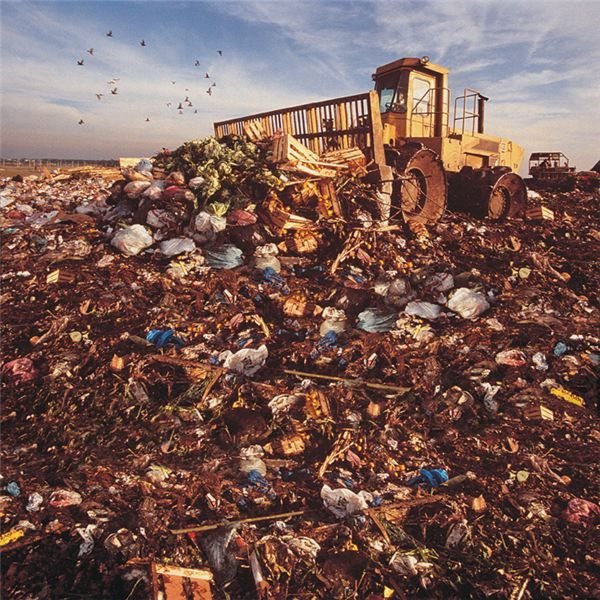Facts about Landfills and The Truth about Toxicity
Landfills
Garbage is closely associated with the existence of life. Above all other living things, humans are known for producing the most trash of the least biodegradable quality. In earlier times, and more commonly in the rural areas, a garbage dump could be found in the backyard, where all litter and household refuse could literally be dumped/discarded. It was a hole in the ground dug manually, made just deep enough to accommodate one family’s trash production. When close to full, the dump was then covered with soil and the garbage was buried for it to decompose. Another dump would then be dug up and the same cycle done all over again. The same principle was applied to the construction of landfills to accommodate the solid waste products in the urban locale. The difference lies in the kind of trash that was discarded then from both areas – which was, of course, more organic and less toxic. The waste products generated by today’s generation have become less and less environment-friendly, posing the danger of an increasingly polluted ecosystem in the future.
“A secure landfill is a carefully engineered depression in the ground into which wastes are put” (“The Basics of Landfills”, 2003). It is constructed like a huge hole in the ground, liners and leachate collectors are put in place, and then the contents are covered to prevent the leachate from spilling out. The landfill is comparable to a bathtub (“The Basics of Landfills”, 2003) where the liners are the walls of the bathtub, and the leachate collector is the drainage pipe. Leachate is the liquid produced when water comes in contact with waste; sort of like a “garbage juice”. The hydrogeological setting is also an important consideration in constructing a landfill so that in the event of a leakage, the flow of ground water may be predictable or traceable (“The Basics of Landfills”, 2003).
Unlike the earlier backyard dump, an ideal landfill does not allow leaks into the environment. “The EPA requires that a landfill liner prevent releases of leachate that exceed maximum contaminant levels (MCLs) for selected chemicals such as arsenic, endrin and lead” (Bacher, n.d.). This means that tests are done for the type of liner used so that very minimal or no contamination to the soil or the ground water is permitted. The bad news is that findings show that most landfills actually leak since different types of liners allow certain chemicals to pass through them. One of the best liners that have been discovered, HDPE (short for High Density Polyethylene), can be damaged, weakened or crack when subjected to common household chemicals such as acetone, shoe polish, vinegar, vegetable oil or margarine (“The Best Landfill Liner”, 1989). Liners can also break or become damaged when the weight of garbage thrown into them exceeds the limits provided for such landfills. Another problem is that not all countries may be following the same standards for landfills, hence, the safety of such dumpsites, and the environmental pollution/contamination it brings can be uncertain. Is, it is only a matter of time before most or all existing ground water will be contaminated with leachate, which is unquestionably toxic to the environment especially to humans.
“The average human tosses out 1500 pounds of garbage each year” (Mickey Z., 2009). This implies that if the problem of trash is not addressed soon, the Earth will rapidly become a planet full of rubbish. People have to realize that the problem of solid waste is a dilemma which can no longer be ignored or set aside. Landfills are just one of the solutions to address the problem of garbage. Reinforcement of the practice of the three R’s (Reduce, Reuse, Recycle) can substantially decrease the amount of waste each individual generates, which will result in a healthier environment for everyone.
Sources
“The Basics of Landfills”, https://www.ejnet.org/landfills/
“The Best Landfill Liner: HDPE”. https://www.ejnet.org/rachel/rhwn117.htm
Bacher, D., “EPA Regulations for Landfill Liners”, Ehow.com, https://www.ehow.com/about_6392064_epa-regulations-landfill-liners.html
Mickey Z., “11 Things You Might Not Wanna Know (But Should Know Anyway) About Trash and Landfills”, Planet Green, https://planetgreen.discovery.com/travel-outdoors/trash-landfill.html
